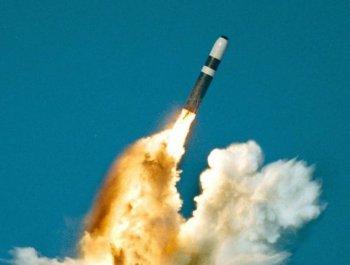After audits in July and August at storage facilities for high explosives at Lawrence Livermore National Laboratory (LLNL) in California, a report (pdf) published recently by the Department of Energy’s Office of the Inspector General (IG) revealed management issues at the institution tasked with taking care of America’s nuclear weapons.
The audit report mentioned the lab’s lack of a standardized inventory management system, noncompliance with federal regulations codes, and rodent and insect infestation at one storage facility.





